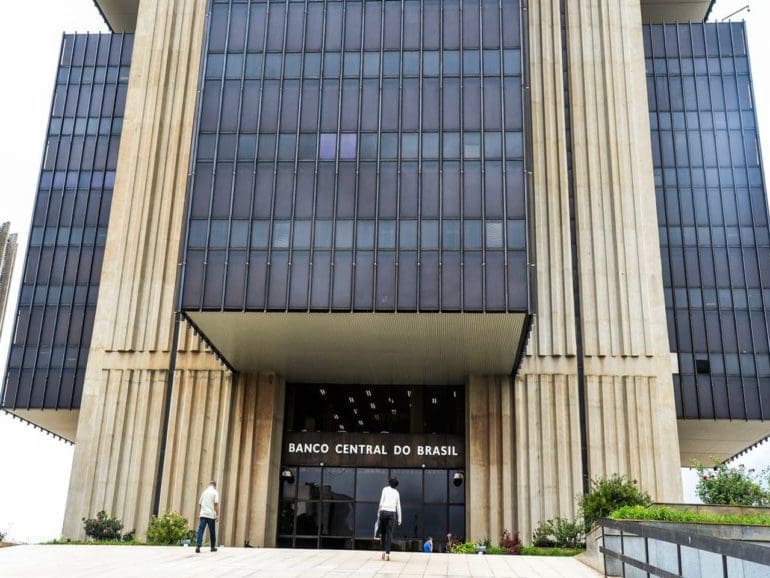From an early start, it was clear that replicating Pix’s wide success would not be easy.
The instant payment system launched by the Central Bank saw staggering adoption from an early start, growing consistently every month ever since to the point that 130 million Brazilians have already used it to pay through their smartphones.
With open finance, the protocol allowing financial institutions to share customer data, expectations were not as high in the short term. But its impact on the longer term, analysts say, could be as significant, or even greater.
Last week, open finance in Brazil completed its first two years. Its implementation consisted of several phases focused on setting up the necessary infrastructure and operational adaptations. Eight hundred institutions — from banks to fintechs to credit unions — are now part of the data collaboration system.
The main goal is to promote financial services and lower costs.

In a report celebrating the two years, the Central Bank said the open finance system had already received 22 million consents —users must agree to share their financial information — and over 15 million unique clients.
Initial stage laying open finance infrastructure in Brazil
During the first years, the central bank laid out the necessary technological and regulatory structure so that financial institutions would build offerings.
Given that shared data involves sensitive financial information, its approach has been different from Pix in that it was slow-paced. Entities had a strong focus on safeguarding personal information.
According to the central bank, sensitive data is encrypted and shared in a “completely digital and secure environment through APIs.”
The information is not centralized, as each institution can share data in a “safe, agile, and accurate” fashion.
The concept of open finance goes beyond just banking information. For 2023, companies could offer data sharing on a broader range of services. These include investment, insurance, pension plans, and foreign exchange.
The implications in Brazil’s financial system, the regulator said, will be “far-reaching.”
Open finance has massive potential for Brazil’s loan market
To be sure, the long-term potential of open finance could be significant. An estimate by Serasa Experian last year stated that open finance could include as many as 4.6 million more people in the next five years in the loan market and create 94 billion reais in new credit for individuals.
The overarching goal is to lower the cost of financial services, which is extremely high in Brazil. A typical personal loan can easily bear a triple-digit rate, like a credit card loan or an SME loan.
Progress in open banking is expected to help fintechs and lenders build better, more accurate scoring models, thus lowering the risk and offering more competitive prices to Brazilians.
“The major effects of open finance, such as reducing information asymmetry and promoting competition, will be perceived over time, gradually,” João André Pereira, head of the Financial System Regulation Department, said in the report. “These first two years were necessary for structuring this ecosystem and helping define an evolutionary agenda. “It is an extremely complex project.”
Among current innovations, the central bank praised the emergence of financial aggregators, allowing customers to view all their banking products from different providers in one application. But it is still just early stages.
Pix was one of a kind
The success of open finance by no means resembles the explosive growth that Pix had. Contrary to the ubiquitous instant payment system, most Brazilians are still unaware of the existence of open finance. There are still a few products available, many of which are not as user-friendly as expected.
In a survey released at the end of last year by fintech Provu, 84.5% of the 2,600 interviewees said they did not know about open banking. Nor what the benefits are.
Data sharing in open finance is consented to by the customer who owns the data. This consent, which has a fixed term and defined purpose, can be revoked at any time by the client.


